It’s the stuff of comedy today, but there was a time when people didn’t think the Willamette Valley had much of a wine future. People winced when Pinot Noir was brought to the land of evergreens and rain. Now it’s legendary.
The same is true for Chardonnay, it just took a little longer. The first phase, largely, was an unremarkable one. Growers tried to replicate what was happening in California, paying little attention to clones and farming techniques and hoping for the best. Worse, the popular style of the time was big and buttery, a Chard in wood clothing (100% new oak, that is).
If a Burgundian variety like Pinot thrives in the Willamette Valley, shouldn’t its Burgundian cousin, Chardonnay (known in the Old World as white Burgundy)? Certainly, after the requisite growing pains and the acceptance of a new style. As a new generation of drinkers scoffed at Chard that tasted like the bottom of a popcorn bag, winemakers responded. They looked to the Old World in their approach, easing up on the wood and going after a lighter but more nuanced style.
Today, there’s hardly a better place to experience Chardonnay’s dramatic resurgence. There are entire festivals held in its honor and vintners are giving it the same TLC as Pinot Noir, if not more in some cases.
Cooper Mountain is among the oldest vineyards in the Willamette Valley. It took root in the remote reaches of suburban Beaverton in 1978. Back then, just a few producers occupied the now highly recognized region. They were part of a small community early on that new of Chard’s vast potential, including some with their first planting.
“Some of my most notable experiences with Willamette Valley wine over the years have been with Chardonnay,” Gross says. She drops names like Eyrie and Domain Drouhin and the ability of those wines to age beautifully. “They’ve always been here and they’ve always been great, albeit scarce.”
Gross says there simply wasn’t much of it in the early days, even though the Oregon climate practically demanded it. “Chardonnay was always poised to be a valley superstar,” she continues. “The region got bigger and we got better at making world-class Chardonnay and figuring out where to plant it, how to farm it, how to respect it in the cellar. For many wineries, it became the statement as opposed to the afterthought.”
It’s an exciting time for Oregon Chardonnay. As Gross wonders, “who doesn’t love a fifty-year-old underdog?”
Want to check them out? Here are five producers to pop a bottle of.
Bergstrom Wines
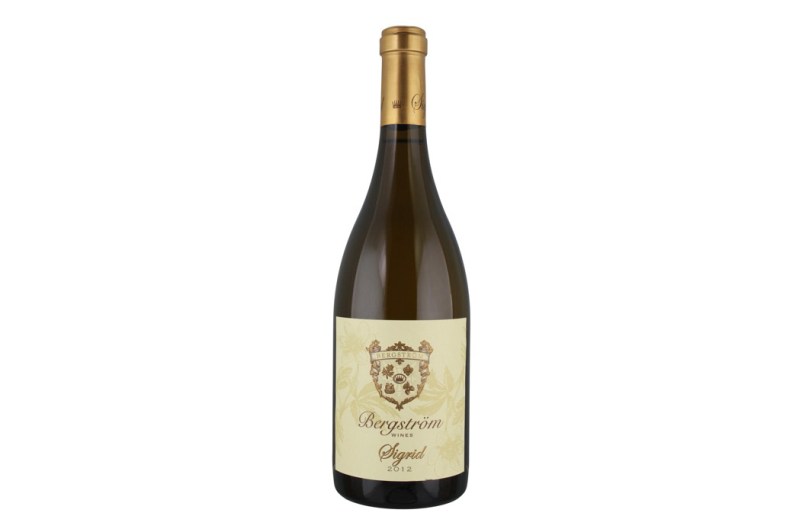
When Oregon wine industry types talk Chardonnay, the name Josh Bergstrom tends to come up. His work is layered and graceful, with a bouquet you can smell for hours. Many wineries tout a palpable minerality in their Chard but the wines fall short of the prose. Not the case here.
Beaux Frères
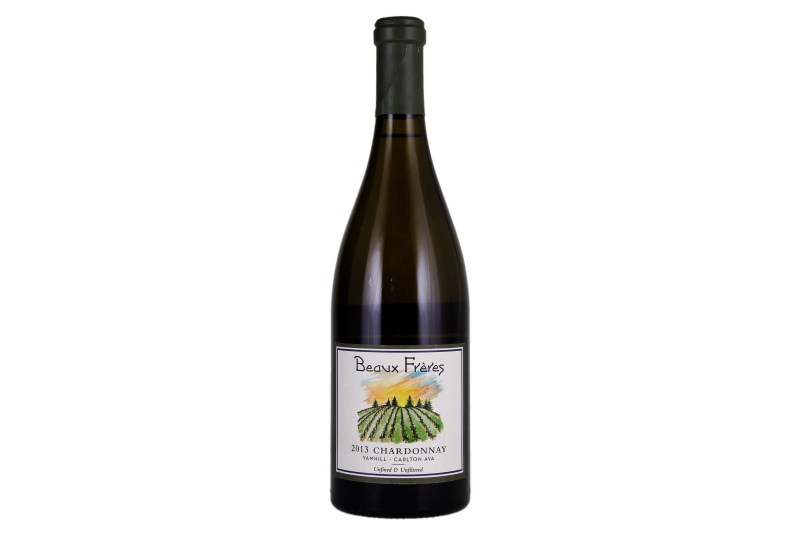
Mikey Etzel is a second-generation vintner operating out of one of the most talked-about Oregon wineries. That could mean a lot of pressure for most people, but Etzel is up to the task. The Chardonnay has canyon-like depth and length, with a finish that fades out like a classic movie.
Flânuer Wines
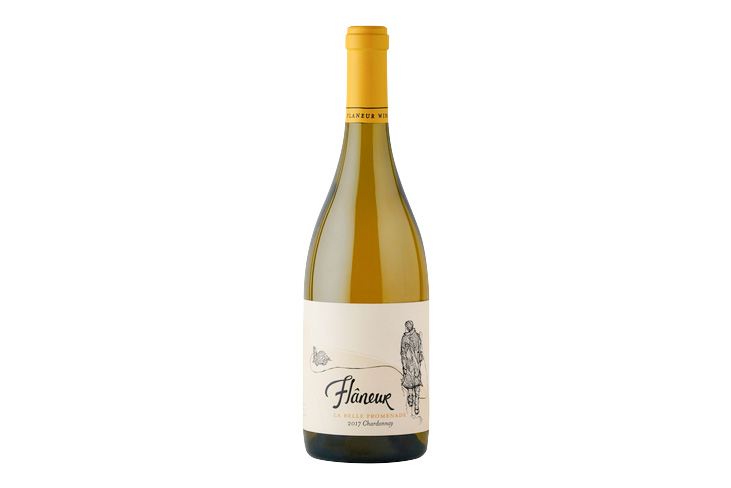
A relative newcomer (2013), Flâneur has turned heads with some delicious wines and a stunning new home base in the iconic grain elevator of Carlton. The label more than passes the Chardonnay test, offering takes that are balanced and walk the line between floral and fruity.
Cooper Mountain Vineyards
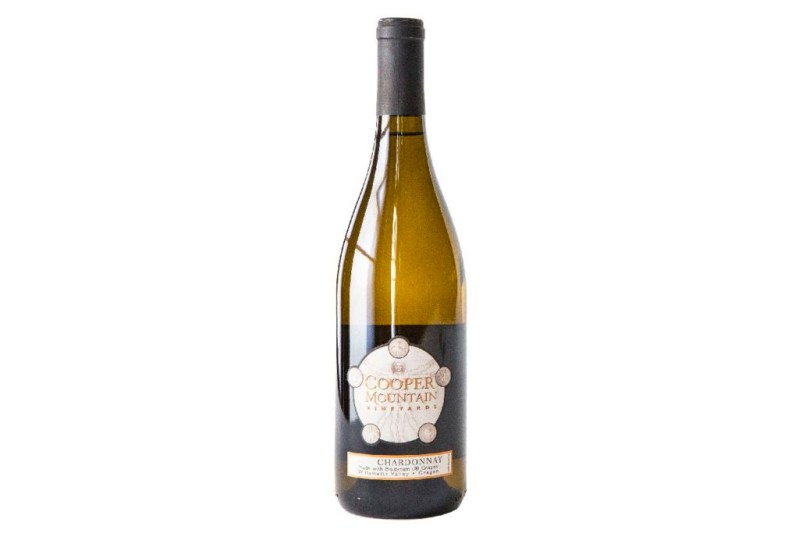
Between the history, biodynamics, house-made balsamic, and sunset views of the nearby Chehalem Mountains, there’s a lot to like about Cooper Mountain. The label’s Chardonnay falls within that category, a wine with tremendous purity that often flickers with delightful flavors like quince and baked apple.
Elk Cove Vineyards
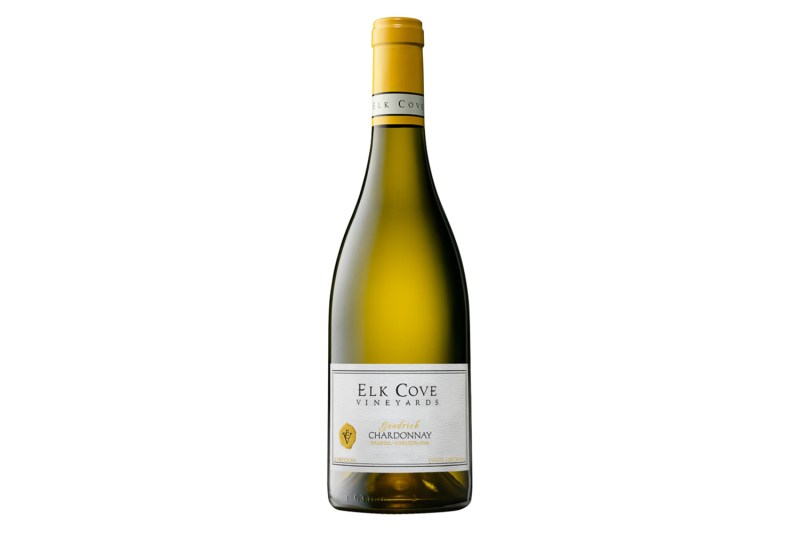
Another pioneering label, Elk Cove has been at it since 1974. The label’s Goodrich Chardonnay is made from Yamhill-Carlton fruit and boasts the creamy qualities often associated with the varietal without overwhelming the palate. Try it with halibut or whatever type of clam is in season.


